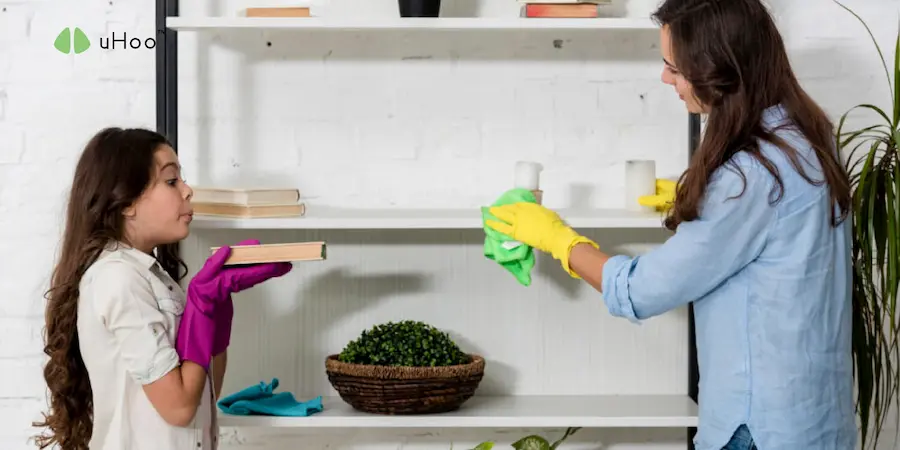Indoor air pollution is a growing concern worldwide. In fact, EPA studies show that the air inside our homes can actually be two to five times more polluted than the air we breathe when we are outdoors. That’s why it’s so important to pay attention to the quality of your air at home.
Generally speaking, poor air quality can have serious health consequences, including respiratory problems, allergies, and even cancer; but the good news is that there are various steps you can take to improve the air quality in your home to protect the health and wellbeing of your family.
Ventilate your home on a regular basis.
One of the simplest and most effective ways to improve indoor air quality is to ventilate your home on a regular basis. This means opening windows and doors to allow fresh air to circulate. Turning on electric fans while the windows and doors are open can also speed up the process of clearing out any virus particles in your home.
If the air outside is polluted, you can use an air purifier instead or, if your air conditioner has a recirculate mode available, you can turn that on as well.
Reduce the use of household chemicals.
You might not be aware of this, but some household cleaning products, air fresheners, and other products release volatile organic compounds (VOCs) into the air that can be harmful to your health, so it’s important to reduce your use of these products.
Always do your research before using new products to clean your home and whenever possible, choose natural cleaning products. It would be best to avoid using strong-smelling air fresheners in your home and in your car as well.
Keep your home clean and free of dust.
Dust can accumulate quickly in homes; and while this might seem like a natural occurrence, it can actually trap unwanted pollutants like pollen, pet dander, and mold spores. When it comes to dust, there is one rule: prevention is best.
To keep your home clean and free of dust, try to stick to a regular cleaning routine. This means vacuuming regularly, dusting and wiping down surfaces with a damp cloth, washing bedding weekly, and getting rid of clutter. You might also want to consider using a HEPA filter vacuum cleaner to remove smaller particles from the air.
Control the humidity in your home.
High humidity can promote the growth of mold and mildew, which can release harmful toxins into the air in your home. If you often notice condensation on the windows from inside your home, the humidity levels in your house are most likely too high.
To control the humidity level in your home, try the following tips:
– Use dehumidifiers
– Always check for leaks
– Once again, open the windows and doors
– Ditch the hot showers now and then
– Run exhaust fans in your bathrooms and kitchen
– Dry the laundry outdoors whenever possible
Invest in an air purifier.
An air purifier is generally a very valuable tool for improving indoor air quality as it is known to remove 99.97% of airborne particles. As such, you might want to consider investing in one as it will benefit your home for a long time to come. Some air purifiers even have activated carbon filters which can help remove odors and VOCs.
Monitor your indoor air quality.
As helpful as air purifiers are though, it would also be important to consistently monitor your home’s indoor air quality to ensure that your efforts to improve it are actually working. This is where a smart air monitor like uHoo comes in.
If you are concerned about the quality of the air that your family breathe, this compact device provides real-time data on indoor air pollutants like PM2.5, VOCs, and humidity, enabling you to make informed decisions about your environment.
By tracking air quality trends and identifying potential health hazards, uHoo empowers individuals to take proactive steps to improve their wellbeing and the wellbeing of their loved ones. Whether your family has allergies or asthma, or you simply want to create a healthier living space, a uHoo smart air monitor is a worthwhile addition to your home for a more comfortable living environment.

